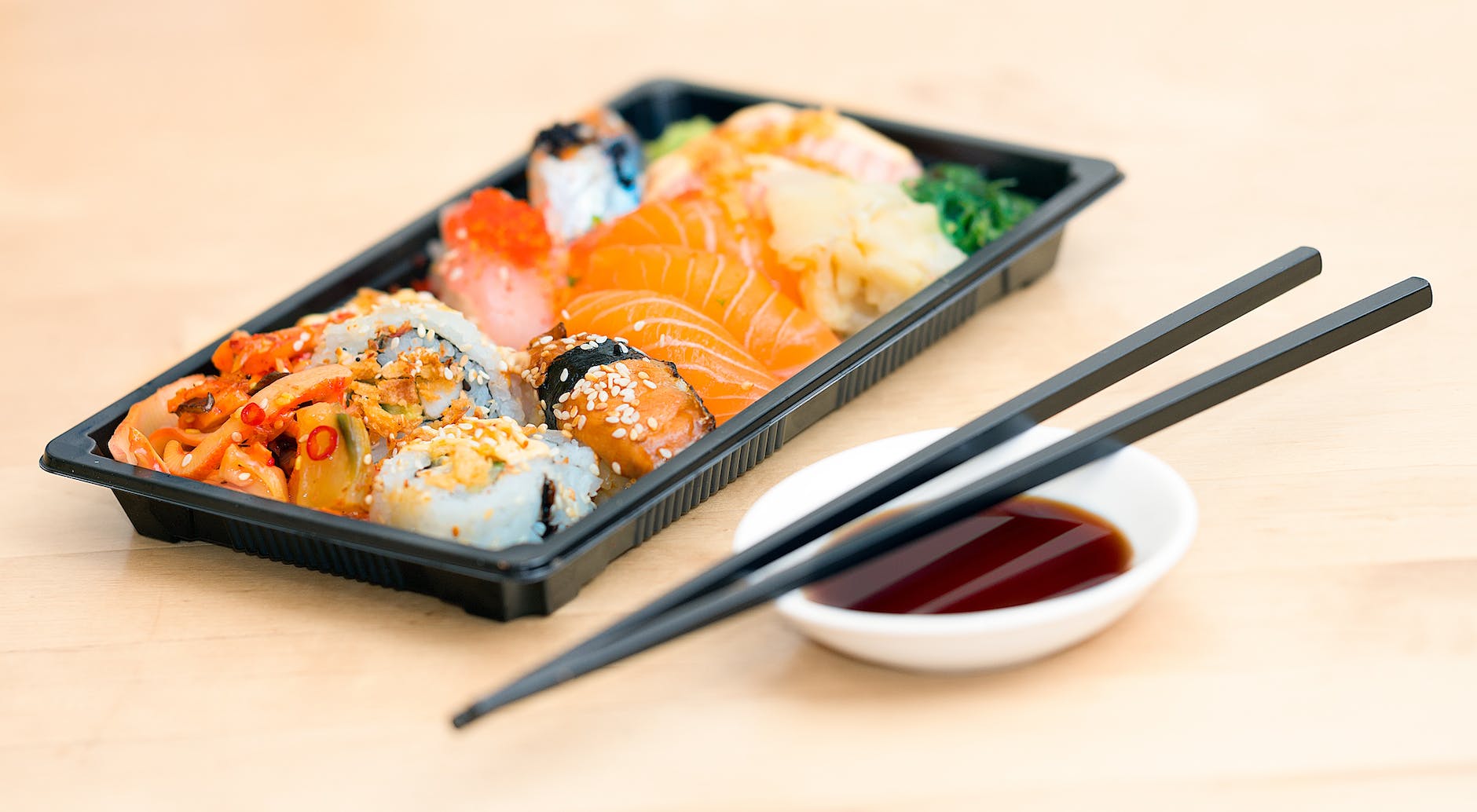
Gourmet Cuisine
In recent years, there has been a shift in the culinary world towards healthy alternatives in gourmet cuisine. With more people becoming health-conscious and wanting to make better food choices, gourmet chefs have taken notice and are now incorporating these healthier ingredients and cooking methods into their menus. In this article, we will explore the rise of healthy alternatives in gourmet cuisine and some of the innovative ways chefs are incorporating them into their dishes.
The Growing Demand for Healthier Food Options
In the past, gourmet cuisine was often associated with rich, indulgent dishes that were high in fat, calories, and sodium. However, in recent years, there has been a growing demand for healthier food options, with many consumers seeking out organic and locally sourced ingredients, as well as dishes that are gluten-free, dairy-free, and low in sugar.
As a result, many gourmet chefs are now embracing this trend and are creating dishes that not only taste great but are also healthier for their customers. They are using fresh, whole ingredients, such as fruits and vegetables, lean meats, and seafood, and are avoiding processed foods and ingredients that are high in sodium, sugar, and unhealthy fats.
Incorporating Organic Dairy Products
One way that chefs are incorporating healthy alternatives into their dishes is by using organic dairy products. Organic dairy products are free from antibiotics and growth hormones and are produced without synthetic pesticides and fertilizers. They are also lower in saturated fat and higher in omega-3 fatty acids than conventional dairy products.
Chefs are using organic dairy products in a variety of dishes, such as soups, sauces, and dips, as well as in desserts. For example, they may use organic milk or cream to create a creamy soup or sauce, or organic yogurt to make a healthy dip. In desserts, they may use organic cream to make a whipped topping or organic cheese to create a savoury cheesecake.
The Popularity of Gluten-Free and Dairy-Free Desserts
Another trend in gourmet cuisine is the popularity of gluten-free and dairy-free desserts. Gluten-free desserts are made without wheat, barley, or rye, which are all sources of gluten, while dairy-free desserts are made without milk, cheese, or other dairy products. These desserts are often lower in calories and saturated fat than traditional desserts and can be enjoyed by those with food allergies or intolerances.
Chefs are using a variety of ingredients to create gluten-free and dairy-free desserts, such as almond flour, coconut milk, and cashew cream. They may also use natural sweeteners, such as honey or maple syrup, instead of refined sugar. Some popular gluten-free and dairy-free desserts include flourless chocolate cake, vegan ice cream, and coconut milk panna cotta.
Innovative Techniques and Ingredients
Chefs are also using innovative techniques and ingredients to create healthy alternatives to gourmet cuisine. One example of this is the use of black balsamic pearls, which are small, edible spheres that burst with flavour when bitten into. These pearls are made by combining balsamic vinegar with a sodium alginate solution, which creates a gel-like texture that can be dropped into a calcium chloride solution to form the pearls.
Black balsamic pearls can be used in a variety of dishes, such as salads, appetizers, and desserts. They add a burst of flavour and texture to dishes and can be used to create visually stunning presentations.
Creating Healthy Alternatives at Home
While gourmet cuisine is often associated with dining out at high-end restaurants, there are also many ways to create healthy alternatives at home. By using fresh, whole ingredients and avoiding processed foods, home cooks can create delicious and nutritious meals that rival those found in restaurants.
One way to create healthy alternatives at home is to experiment with different cooking techniques, such as grilling, roasting, or steaming. These techniques can bring out the natural flavours of ingredients and can help to reduce the need for added fats or seasonings.
Another way to create healthy alternatives at home is to use substitutes for unhealthy ingredients, such as butter, sugar, or cream. For example, applesauce can be used in place of butter in baking, or coconut cream can be used instead of heavy cream in sauces.
Final Thoughts
The rise of healthy alternatives in gourmet cuisine is a positive trend that benefits both chefs and consumers. Chefs can create dishes that are not only delicious but also healthier and more sustainable, while consumers can enjoy gourmet cuisine without sacrificing their health or well-being. With more and more chefs embracing this trend, healthy alternatives will likely continue to be a staple in gourmet cuisine for years to come.






